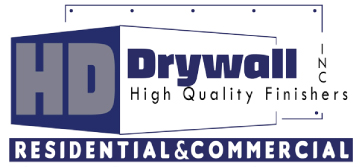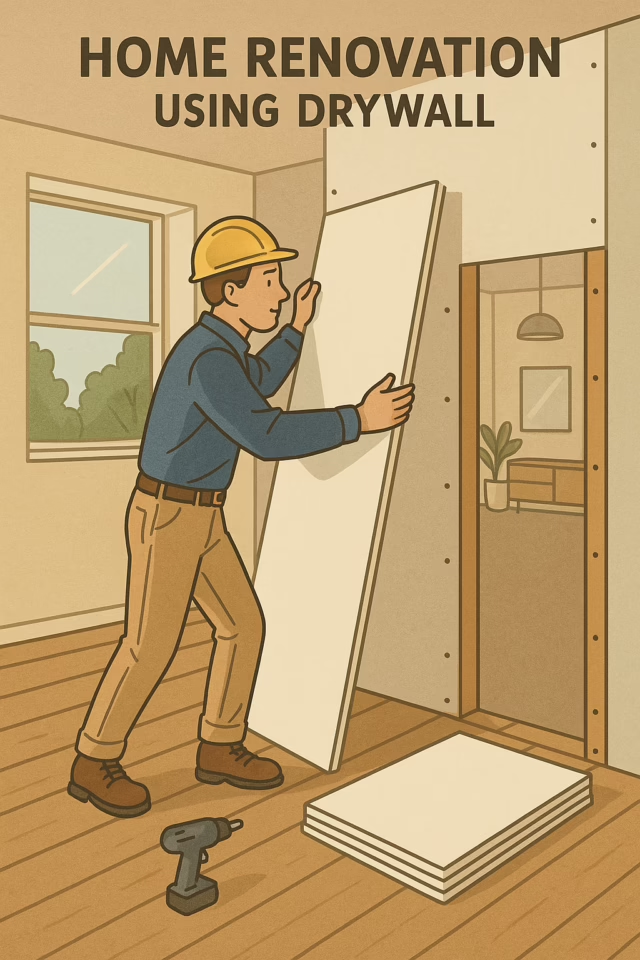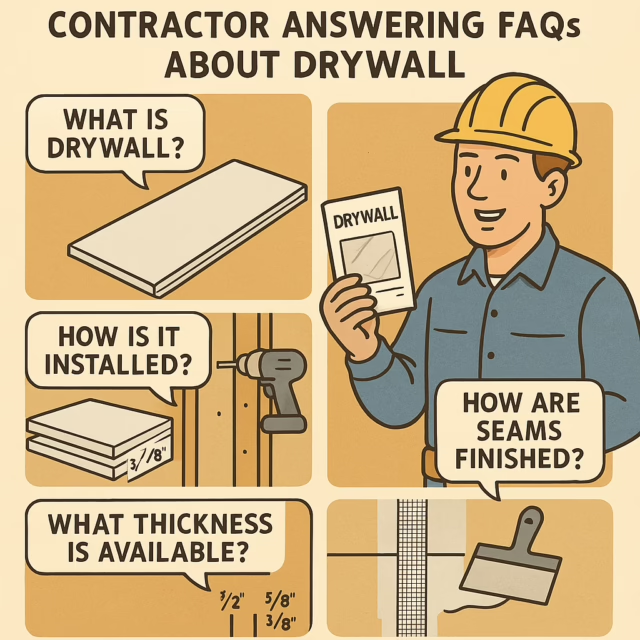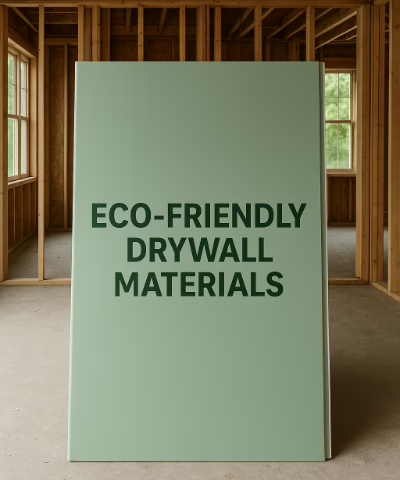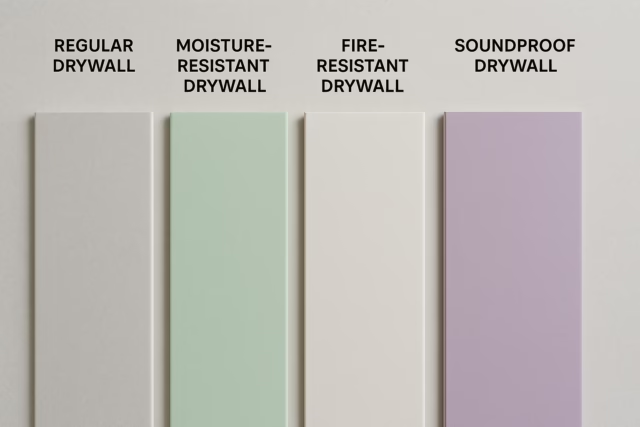Choosing the right building materials matters, especially when fire resistance is a priority. Drywall, also known as gypsum board, is a go-to material in construction. But can it actually protect against fire? In this guide, we’ll explore how drywall performs under fire exposure, what types offer protection, and how to use it effectively for safety and compliance.
What Does Fire Resistance Mean?
Fire resistance refers to how long a material can withstand flames and slow the spread of fire. While no building product is entirely fireproof, some offer valuable time during emergencies—protecting lives and property.
In the construction world, manufacturers test materials using standardized methods to determine their fire resistance ratings, often expressed in 30-, 60-, or 90-minute intervals.
👉 See how we apply fire-resistant solutions across projects on our Services page.
Does Standard Drywall Resist Fire?
Standard drywall does offer basic fire resistance because gypsum, its core material, contains chemically bonded water. When exposed to heat, this water turns into steam and helps delay fire spread.
Still, regular drywall only slows flames for about 30 minutes, and that’s with proper installation and wall assembly.
What Makes Fire-Rated Drywall Different?
Fire-rated drywall—often labeled as Type X or Type C—features special additives like glass fibers that increase strength and fire resistance. Manufacturers design these panels to meet strict fire safety codes.
Features of Fire-Rated Drywall:
- Thicker panels (usually 5/8-inch)
- Reinforced with non-combustible fibers
- Certified to maintain structure under fire for 1 hour or more
- Suitable for both residential and commercial spaces
Thinking about upgrading your space? Our team at HD Drywall can guide you through product selection and code compliance.
Where Should You Use Fire-Resistant Drywall?
Fire-rated drywall works best in areas that face high fire risk or require code compliance. Contractors typically install it in:
- Attached garages
- Hallways and stairwells
- Walls separating apartments or townhouses
- Utility and mechanical rooms
We offer expert installation services tailored to each project’s needs. Learn more about our company on the About Us page.
What Do Building Codes Require?
Building codes often mandate the use of fire-rated drywall in specific zones. For instance, the International Building Code (IBC) and the National Fire Protection Association (NFPA) set clear guidelines for drywall fire ratings and applications.
At HD Drywall, we stay up-to-date with all safety codes and ensure every structure meets or exceeds regulatory standards.
📘 Check out real-world code-compliant installations on our Facebook page.
Common Myths About Fire Resistance in Drywall
Myth 1: All drywall offers fire protection
Reality: Only specially designed fire-rated drywall provides reliable fire resistance.
Myth 2: One layer is enough
Reality: Most applications require multiple layers to meet the required fire rating.
Myth 3: Fire-rated drywall guarantees total safety
Reality: It’s a crucial layer in a broader fire protection system that includes alarms, sprinklers, and fire doors.
For holistic fire safety solutions, connect with us and get expert recommendations.
Final Thoughts
Drywall does offer a level of fire resistance, but understanding the difference between standard and fire-rated drywall is key to making informed construction decisions. If safety, compliance, and protection are priorities, using fire-resistant drywall solutions is not just smart—it’s essential.
👉 Looking for dependable drywall solutions that prioritize fire safety? Visit HD Drywall to start building safer today.
Frequently Asked Questions
1. Is all drywall fire-resistant?
No, only fire-rated drywall is designed for enhanced fire resistance. Standard drywall has minimal fire-stopping ability.
2. What is Type X drywall?
Type X drywall is a fire-rated panel with added glass fibers, offering at least one hour of fire resistance when installed correctly.
3. Where is fire-rated drywall required?
It’s commonly required in garages, stairwells, utility rooms, and between living units in multi-family structures.
4. Does fire-rated drywall cost more?
Yes, but the added cost is often offset by improved safety, insurance savings, and code compliance.
